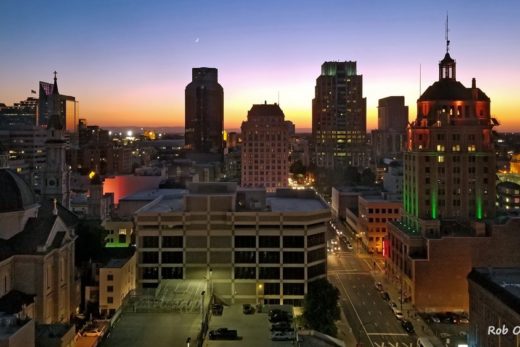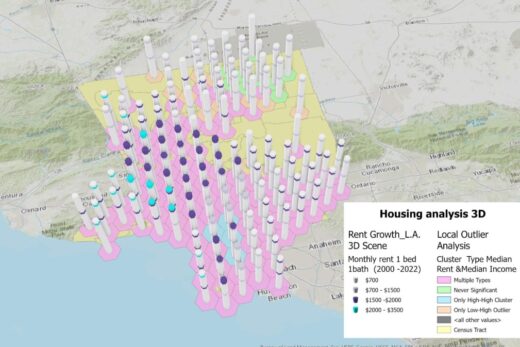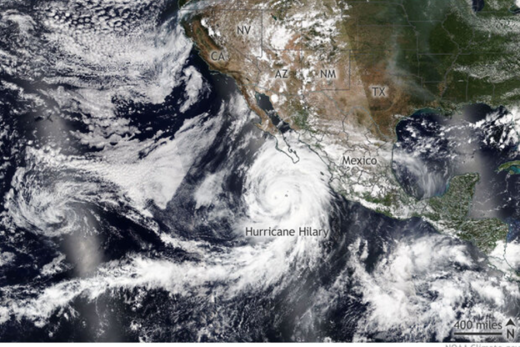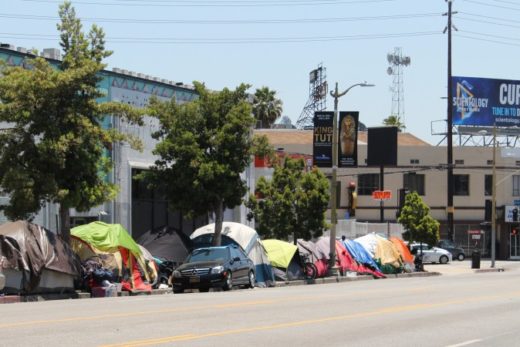There is a long list of traditional African American neighborhoods that were well established in California by the mid-1900s when institutional segregation was declared unconstitutional. As with many other ethnic groups in the state, migrations from around the country and world filled these neighborhoods, while geographic expansions of African American families were thwarted by lingering racism and discrimination.

In the 4th edition of our book, we view into some of these neighborhoods that became established epicenters of black culture where the successes and failures and triumphs and tribulations of African Americans left their imprints on these landscapes. We also examine how, in many locations, white flight in the mid-1900s stranded many segregated communities without the resources required to rebuild their neighborhoods. Those trends had reversed by this century as highly-skilled, higher-income professionals have been flooding many of these neighborhoods in search of more affordable housing, diversifying the rich cultural stew.
But this newest version of “there goes the neighborhood” is now bumping some traditional working- and middle-class households out of these neighborhoods that are recently experiencing soaring housing costs, as they are adjacent to job and educational opportunities. These trends are forcing working-class people into more affordable distant inland suburbs away from the traditions and urban resources that they and their parents and grandparents once established. You can find plenty of evidence of this gentrification gone wild in parts of Berkeley and Oakland and in San Francisco’s Fillmore, where African American households have been squeezed out to East Bay suburbs or out of state. As these same forces now invade and transform nearby Richmond and similar communities throughout California, African Americans are encouraged to celebrate their legacies and recognize their sense of place in a state that is changing too fast for too many.
Here, we explore a few of southern California’s current and past African American cultures and landscapes. We start in Leimert Park, originally developed by Walter H. Leimert in the late 1920s as a planned “whites only” community. Ironically, white flight of the 1950s and 1960s eventually transformed it to a majority African American community (though large numbers of Japanese Americans also settled there), as it remains today. But familiar forces of gentrification are also creeping into and further diversifying these and now other South L.A. neighborhoods, challenging our perceptions of places that were established as traditional epicenters of African American culture in California.
Fascinating stories have recently reemerged from California landscapes as historians have been telling them through national media and a host of local publications. They include the trail-blazing African American architect, Paul Revere Williams, who left his mark by designing about 2,500 buildings (homes and commercial) around the world, but mostly in Southern California from the 1920s until his death in 1980. He has been celebrated as the first black member of the American Institute of Architects and its first black fellow. He introduced elegance, comfort, and practicalities that included spiral staircases, retractable screens, and patios that extend the house, innovations that got attention and still attract today’s celebrities. When one of his homes goes up for sale, real estate agents compete for the prestige it adds to their listings. His granddaughter, Karen E. Hudson, recounts his life and work with her book, Paul R. Williams: Classic Hollywood Styles. She notes how he learned to draw plans upside down so that he didn’t intimidate white clients by sitting next to them.
South Bay L.A. historians recount how, after black residents and businesses were established in Manhattan Beach’s Bruce Beach nearly a century ago, they were repeatedly harassed and threatened until eminent domain was used to finally run them out of town. Bruce’s Beach, named after the African American family of entrepreneurs who owned it, was on the Strand between 26th and 27th Streets. The Manhattan Beach City Council continued debating, into 2020, how to confront this history. Also nearly a century ago, in Huntington Beach, according to the Orange County Historical Society, the Pacific Beach Club was slated to be the first all-black beach club in Southern California. It was built about a mile south of Huntington Beach Pier, where Newland meets PCH today. But it was plagued with a host of problems, as reported in the Santa Ana Daily Register in 1926, as white businesses in Huntington Beach obstructed efforts to obtain permits for the project. It “mysteriously” burned down on the night before the opening celebration, on Abraham Lincoln’s Birthday. It would have been the largest all-black recreational resort in the country, built in that old Orange County, then home to a particularly active Ku Klux Klan.
This leads us to an excerpt from Chapter 8 of our publication about the history of African Americans at the beach.
Black Beaches, Churches, and the First African American Surfer
Organizations such as BlackPast.org and the Santa Monica Conservancy have documented the forced segregation of California beaches that was common well into the 1900s. As an example, African Americans were allowed on one beach at the end of Bay Street in Santa Monica. This became a popular spot since it was in close proximity to the first black church in Santa Monica among a small community of African Americans around 4th Street at a time when institutionalized segregation was the norm.

The beach and Phillips Chapel CME Church attracted African Americans from around the region looking for a place where they could relax, worship, and socialize without harassment. Like many other African American beaches around the nation, it was referred to as “The Inkwell”, a derogatory label used to identify beaches that were designated for dark-skinned people. Such forced segregation had been successfully challenged by the mid-1900s, allowing racial minorities to enjoy all California public beaches, but “The Inkwell” continued to attract African Americans into the 1960s.
In 2008, Santa Monica officially recognized this beach and the first documented surfer of African American and Mexican descent with a landmark near the end of Bay Street. In June 2017, the Santa Monica Conservancy advertised the commemoration of Nick Gabaldon’s life (1927-1951) at the same beach with surf lessons, a discussion of all this history, and their pilot youth program that would focus on cultural heritage and nature education.






